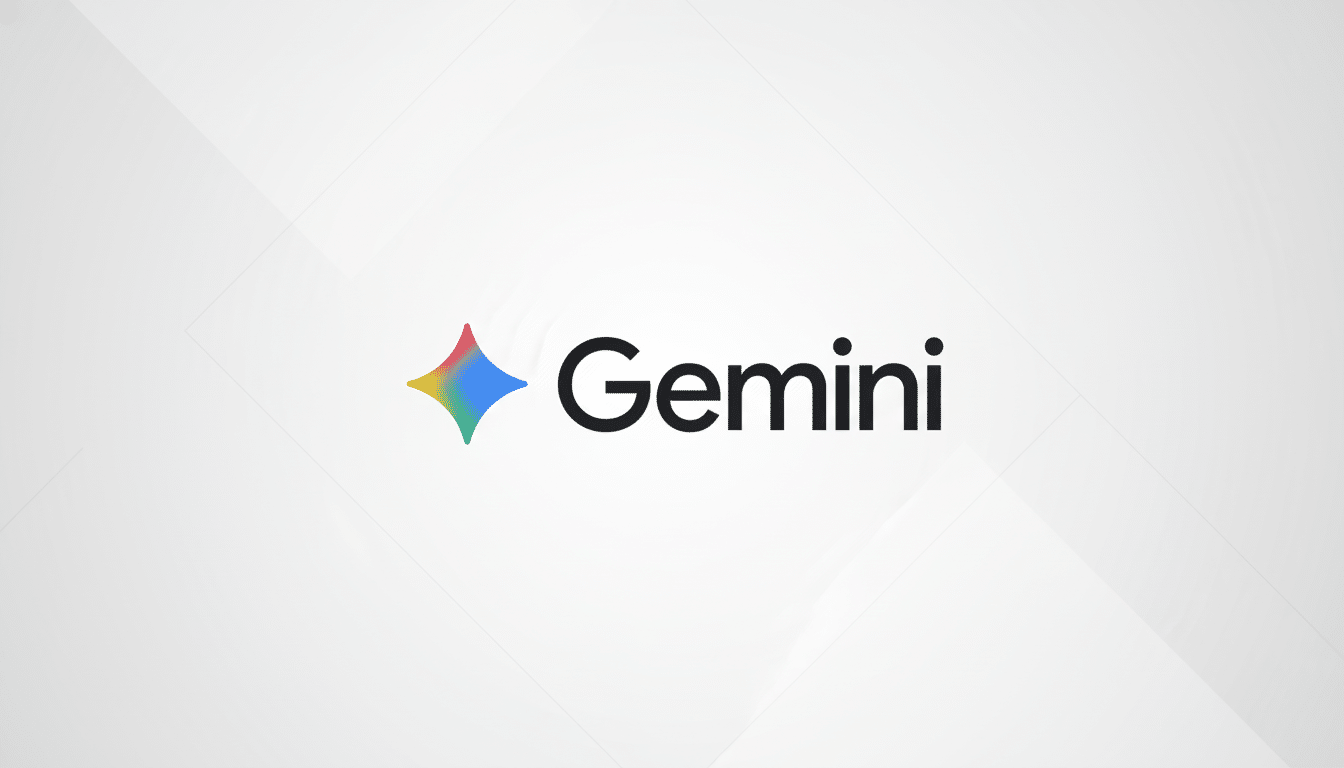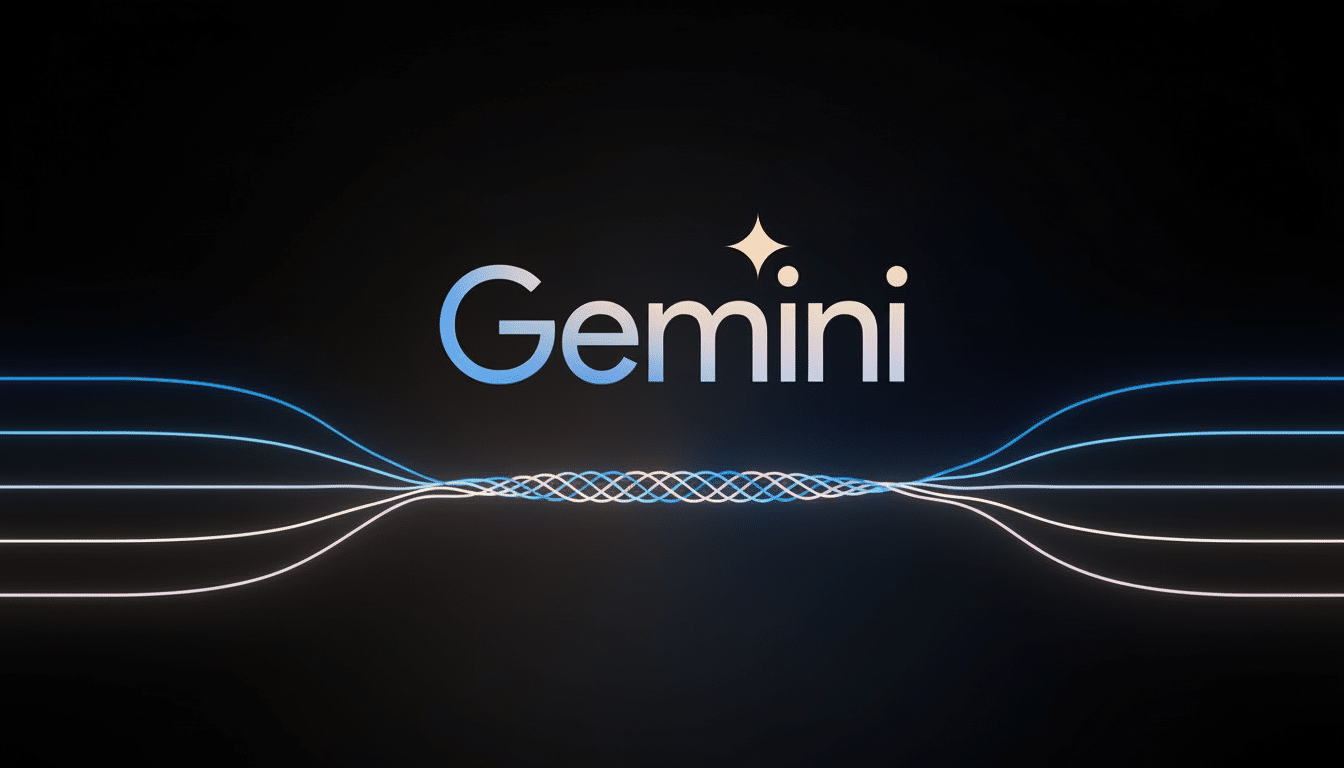Apple looks like it will build a significant new version of Siri, heavily leveraging Google’s Gemini model but keeping its use under the covers. Some information about the process has leaked on social media and to Bloomberg News’ Mark Gurman.
Internally, Apple refers to it as the system AFM v10, short for Apple Foundation Model version 10, a neutral-enough moniker that makes it less apparent to those not in the know. The deal is said to be worth around $1 billion per year for a custom-tuned variant of Gemini.

The strategy reflects a practical turn. After years of incremental gains and delays in its larger language model plans, it seems that Apple is licensing advanced state-of-the-art capabilities to go faster on what users will see as new in their everyday Siri interactions while continuing to build out its own models alongside.
Why Apple Might Want to Keep Gemini Hush-Hush
Brand control and privacy optics are big here. Since then, Apple has spent more than a decade pitching Siri and on-device intelligence as something that it alone does, uniquely integrated with privacy-forward designs. Publicly showcasing a rival’s model undermines that message and may invite confusion about who sees what data. By creating a separate Apple Foundation Model language around Gemini, Apple can present the upgrade as an all in-house system.
There is also a history of discretion around marquee partnerships. Court filings in the U.S. antitrust case against Google revealed that Apple gets tens of billions of dollars a year to keep Google as Safari’s default search engine, but Apple has rarely advertised that fact loudly. Apple has similarly for years employed third-party cloud infrastructure, although it avoided spotlighting the names of the vendors.
What AFM v10 Says About Apple’s Platform Strategy
The AFM v10 label also indicates that Apple sees Gemini as a piece of a much larger system rather than an entirely self-contained handoff. Apple will host the system on its own Private Cloud Compute that runs on Apple silicon servers, according to Bloomberg, which reported that the tool has been in development for years and was designed to keep user data walled off from external partners. Practically, that amounts to a model Google built but Apple runs.
Apple is also reportedly working toward an eventual switch to a larger, in-house model, perhaps at trillion-parameter scale, once training and inference economics work out. Adopting Gemini now clears room to harden Apple’s toolchain, fine-tune server silicon, and collect real-world usage signals without delaying product roadmaps.

The Business Math and Timelines for Siri–Gemini Integration
An approximate $1 billion annual payment is significant, but ultimately manageable for Apple. The company spends more than $30 billion annually on R&D, and it can be cheaper and quicker to license a mature model rather than ship an inferior in-house version. The calculus is straightforward: provide a step change in Siri’s performance now while working behind the scenes on building its own proprietary replacement.
The deployment is likely to be gradual. Features associated with larger models often evolve incrementally—with on-device capabilities appearing at a given time, followed by cloud-enhanced tasks as the infrastructure scales. With over two billion active devices in the wild, the activation of any cloud-dependent feature is a major operational exercise. Stepwise and phased approaches to slowly ramp up the concentration are lower risk and thus faster to try.
Promises on Privacy Under the Microscope
Private Cloud Compute is at the heart of Apple’s pitch. With inference on Apple-controlled servers and code visibility that leaves nothing to hide—and proper data minimization—it can claim that neither Google nor any third party learns anything personal about users. That separation also means Apple could substitute models later without altering its privacy story.
Still, relying on an outside model is not without scrutiny. If answers are hallucinated or content filters misfire, users as well as regulators will demand to know who is responsible. This, in turn, distances the provider and leaves more of the reputational risk firmly on Apple, which could actually be exactly what Apple is hoping for—that it owns the outcome, as well as the customer relationship.
What Users and Developers Can Expect from Siri Upgrades
From the perspective of end users, the functional changes need to be about improved context management, uniform follow-up and a more intelligent linking of actions across apps, and better summarization and drafting support. For developers, deeper SiriKit and App Intents hooks connected to large language models could mean more natural language triggers sans custom grammar files—as long as Apple keeps strict sandboxes and reviews in place.
If history is any guide, the marketing will talk about Apple Intelligence and Private Cloud Compute instead of Gemini. That framing allows Apple to ship big improvements in assistant quality soon; it keeps focused attention on its own platform story; and it leaves room for everyone to transition when Apple’s ready for a wholly Apple-built model.

